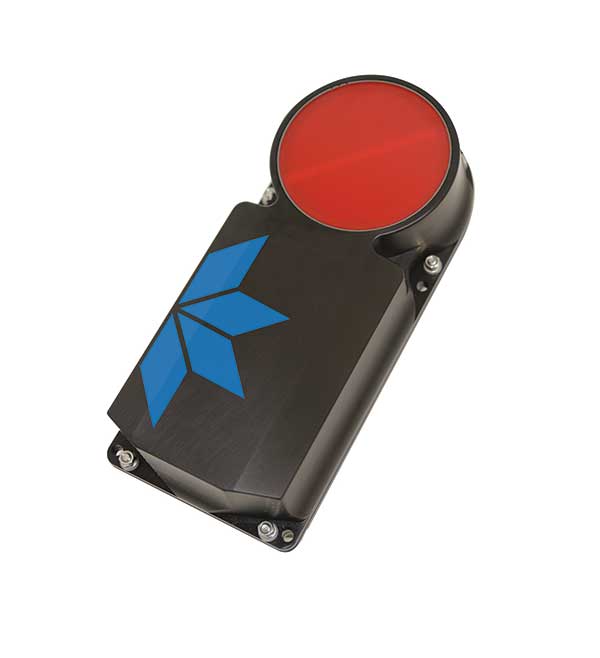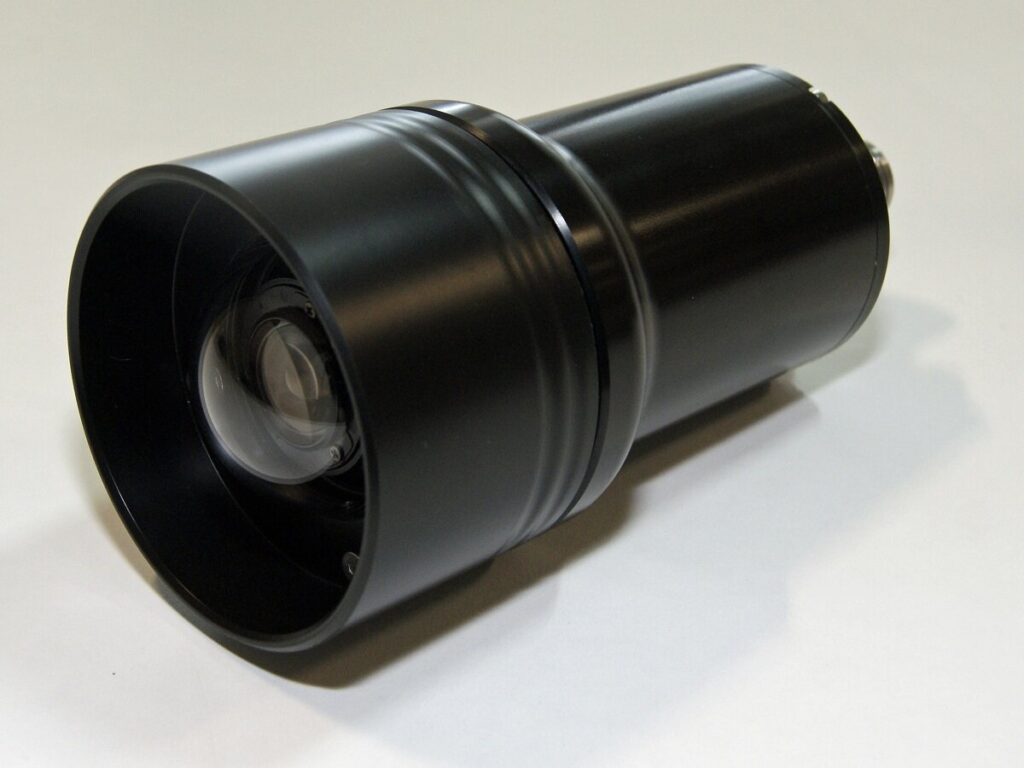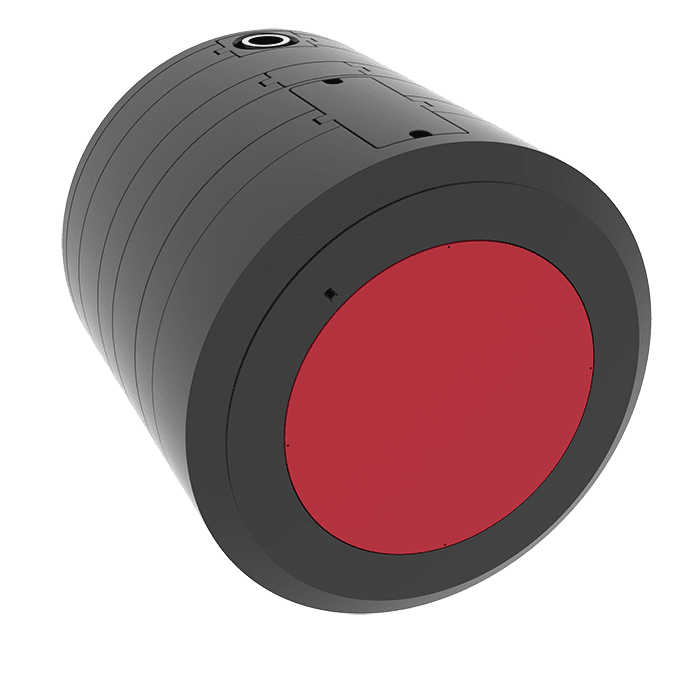BlueZone partners with over 50
world-leading original equipment
manufacturers and systems providers
Teledyne Pathfinder DVL
Teledyne RD Instruments’ Pathfinder Doppler Velocity Log (DVL) is small in size and huge on value! Utilizing Teledyne RDI’s proven, industry-leading phased-array technology, the Pathfinder DVL provides an array of advanced internal algorithms and features you’d typically expect to find only in higher-end solutions. With up to 500 m of bottom tracking, in up to 6000 m of water, the Pathfinder delivers a solid, value-priced solution for vehicles ranging from small inspection class ROVs to large diameter AUVs.
Key Features include:
- NEW! Now available in 300 kHz OEM configuration for up to 500m bottom tracking!
- Small but mighty: Dramatically reduced size and weight allows Pathfinder to be installed onboard the smallest vehicles
- Phased Array: Unique phased array transducer design delivers outstanding position accuracy at a reduced size, eliminates the need for speed of sound correction, and reduces drag on your vehicle.
- XRT (Extended Range Tracking): Our patented option delivers up to a 60% increase in the bottom tracking range.
- Health Monitor: Provides insight and alerts in near real-time of potential problems including transducer health, operating time, and leaks from potential damage.
- Water tracking: Extend your vehicle’s range of operability by enabling navigation even when the bottom is out of range.
- INS-ready: Real-time standard deviation and time of validity output for highly accurate coupling with an Inertial Navigation System (INS) further improves your resulting DVL aided INS position accuracy.
- ADCP: Acoustic Doppler Current Profiling (ADCP) option expands scientific and operational capabilities as needs arise.
- Budget-minded: Priced for smaller budgets, without the need to compromise on performance.
Read More: DVL Datasheet
Key Features
Up to 25-hour mission duration
Speeds up to 4.2 knots
Increased module payload capacity
Search and recovery
Hydrography
Deep sea mineral exploration
Marine & Fisheries research
Product Enquiry
Related products
OceanTools C9 range of compact monochrome and colour underwater cameras utilise industry leading Sony CMOS sensors with a GigE Vision compliant Gigabit Ethernet interface and global electronic shutter with exposure control.
Read moreOceanTools Ltd is a subsea engineering company specialising in the design and manufacture of subsea equipment. Products are deployed in harsh environment applications including subsea survey and ROV operations.
Read moreTeledyne RDI’s Tasman DVL represents the next generation of DVL technology, promising to take your navigation to the next level. Teledyne RDI’s long-standing Workhorse Navigator was the first DVL to...
Read moreRelated Articles
Ahead of the Tide: BlueZone’s Landmark IndoPAC 2025 Showcase
Celebrating 25 Years of Sovereign Capability The Indo Pacific International Maritime Exposition stands as the region’s premier showcase for commercial maritime and naval defence innovation—bringing together leaders from defence,...
Read MorePartnering for Performance: BlueZone Supports Kraken Robotics in Advancing KATFISH Capability
BlueZone Group to become Kraken’s Australian Sales Representative, Enhancing Sovereign Support for Cutting-edge Synthetic Aperture Sonar Systems We are thrilled to announce BlueZone Group have signed an agreement...
Read MoreSeeByte and BlueZone Group Forge Strategic Alliance to Strengthen Australian Naval Capabilities
BlueZone Group is proud to announce our appointment as the official Australian representative for SeeByte, a UK-based leader in advanced maritime defence and uncrewed systems technology. This strategic partnership marks...
Read More



